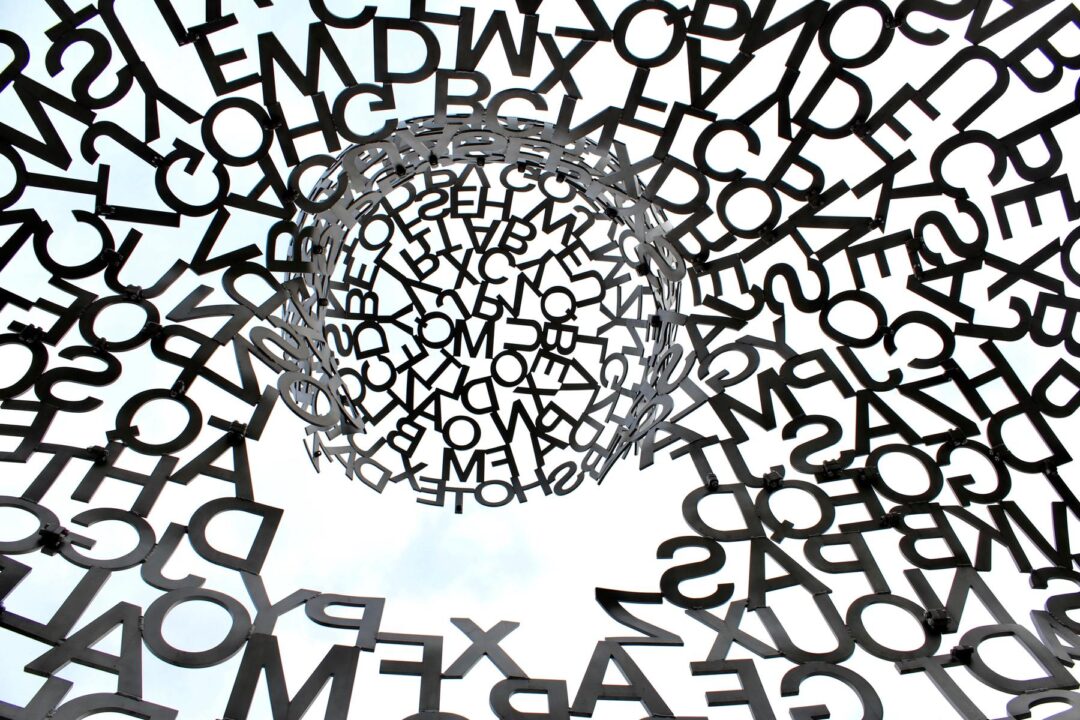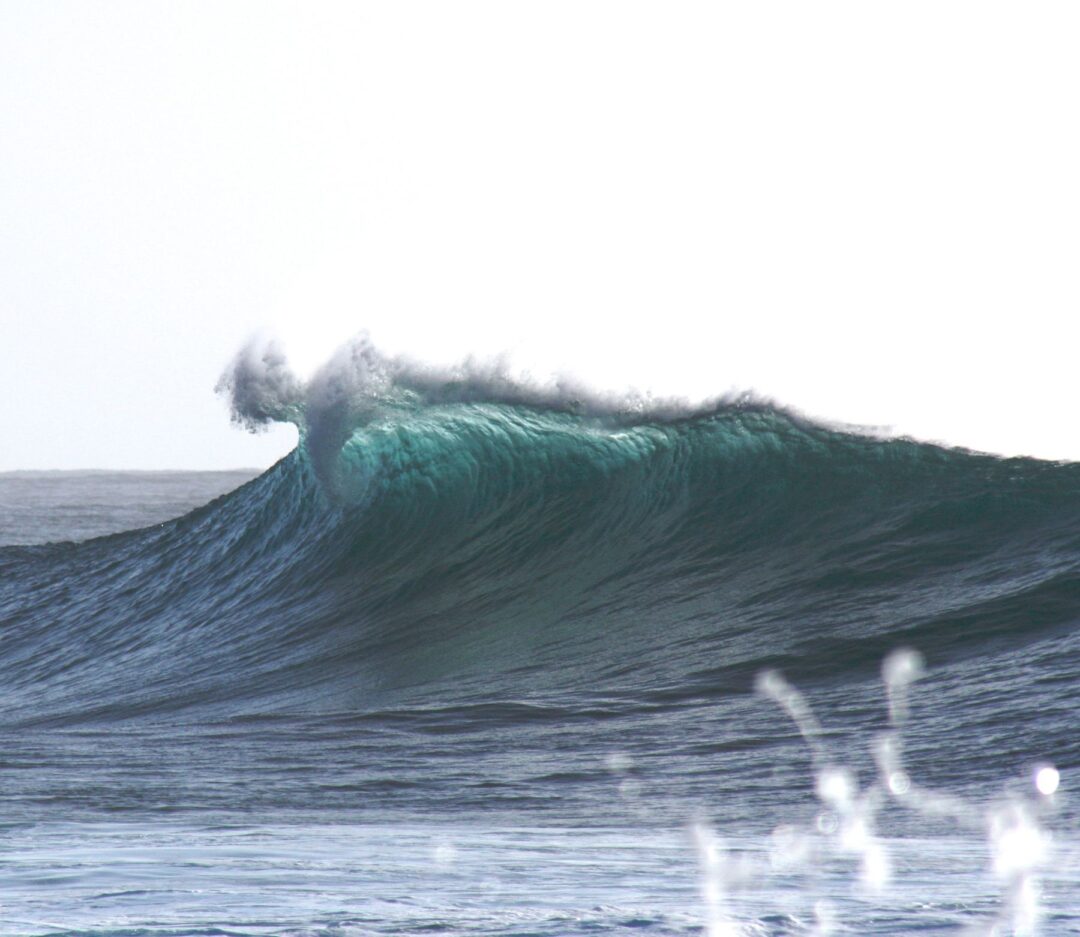Insights into inspirational arts practice in schools: A whole-school journey to celebrating creativities and releasing the imagination

Aims
The University of Cambridge Primary School (UCPS) is committed to developing a broad and balanced curriculum with the arts (dance, music, drama) playing a central part in its vision. To inspire children to learn through creative activities (Craft et al., 2012) and to encourage them to release their imaginations (Greene, 1995), the school organises focused arts-based learning weeks to provide opportunities to learn in and through the arts for children and the adults who teach them. The school commissioned its own piece of artwork by Ruth Proctor called ‘We are all under the same sky’. This inclusive message, that across the world we view the sky which is at once the same and different, motivated the following arts exploration. Our broad aims were:
- to explore creativities in teachers’ professional development
- to bring teachers and artists together and build better awareness of the experience of arts learning for children
- to creatively explore expressions on the themes of journeys and the sky
- to make a case to expand the place of creativities and the arts in the national curriculum.
Process
A key principle at UCPS is that adults must first experience for themselves what the children will be learning. As such, a full professional INSET was organised for teachers to experience, explore and reflect on the process of creativities. Inspired by the possibility thinking model (Burnard et al., 2006), throughout the day we collaborated with a musician, an actor and a puppeteer to identify the skills we wanted the children to develop and our role as educators in enabling this development. We engaged with metaphorical interpretations of the sky, expressed through embodied activities involving movement, drama, puppet-making and song. At this point we were ready to introduce the theme of the week to the children. The artwork ‘We are all under the same sky’ was used for inspiration; all the classes spent some time exploring it. They started by being invited to ask questions about the sky and what it could represent, many of them quickly interpreting it as a metaphor for hopes and dreams. Working with artists and teachers, they then delved into their ideas through dance, drama, writing, art and song. They used what they had learnt in the workshops to construct a narrative for a whole-school performance: ‘Hope has disappeared from the Earth and to find it again, we have to journey through fragments of the sky’, explained Tom.
Pedagogical choices
We wanted children to develop their ability to self-regulate and become autonomous in their learning. The model of possibility thinking sustains the value of teachers stepping back; this was challenging but a good opportunity to see how children were engaging with others and the different forms of art (Burnard et al., 2006; Craft et al., 2012). With this in mind, we created classroom conditions that helped to foster active engagement and meaningful learning (Reeve, 2006). For example, we gave the children time and space to play and experiment with ideas (Burnard et al., 2006; Craft et al., 2012). The week itself thus had a different structure to what the children were used to and we helped them to adapt to this by handing the artistic control over the content and form of the performance to them, creating in collaboration with the artists. To encourage self-directed learning, we offered structures that meant children had to make their own decisions about the exploration, and were challenged to reflect on their learning (Perry, 2000; Reeve, 2006). For example, they had the opportunity to choose the groups and the resources they worked with. Furthermore, the children were encouraged to be bold and think outside the box around key concepts and their meanings. This was a different pedagogic approach and in some ways required unlearning from the teachers, to be able to look differently at what the children were doing and also to hold our assumptions up for scrutiny.
Observations
Throughout the week, certain common features emerged from the interactions between the children, artists and school staff.
Immersion
At first, some children found it difficult to adjust to the different structure of the week. However, they gradually became more comfortable with this and embraced the opportunity. This was evident in the way they responded to the artists in the workshops and the time they spent focused on tasks. Laura commented: “When we started, I thought I was going to be sitting and doing art. But we did dance and drama – it was the best.”
Collaboration
Throughout the week, the children learnt to work collaboratively; they helped each other, shared resources during workshops, and shared ideas. Sam explained: ‘Also I’ve learned to work better with friends through dance and drama’.
The children understood that the week was for the whole school to think together about certain themes and so everyone was committed to its success and motivated to share this with each other and eventually the audience. Amy, reflecting on the week said: ‘I enjoyed making ladders because me and my partner worked so well together and also because it was very interesting’. An example of this co-creation was the learning done by the Year 1 classes, who in their art workshops, created the artwork to be displayed around the school. Furthermore, each child designed and decorated a kite and shared their creations with the Year 5 class, who used them as props in their dance.
Innovation and imagination
The children played with the arts and used their imagination to think beyond the obvious. The sky as a metaphor for dreams and hopes was represented in many different ways: through ladders, kites, birds and magic carpets. The children linked learning about the sky to the school values, and truly embedded these into their interactions, participation in activities, and in the ownership they took of the performance. They developed innovative responses, as exemplified by Dave: ‘I learnt one stick of newspaper can become anything’. The journey to find hope became a journey through different planets and parts of the world.
Implications: Changes to practice
As members of staff, collaborating with the artists was an excellent professional learning opportunity in which we experienced the creative journey and the feelings associated with it. We learnt that to promote children’s creativities it is important to teach them how to embrace uncertainty and to create an environment that supports individual expression. A colleague reflecting on the INSET commented: ‘Initially it was daunting trying to explore the space of creativity but as the day grew on, I became more relaxed. This was helped by the group work and the ability to take the creativity everywhere my imagination looked’.
Working with the artists also helped staff and children to experience for themselves how ideas can grow seemingly out of nothing, and highlighted the breadth of possibilities that the arts can offer across the curriculum. The artists opened up a space for all children to feel challenged and engage with the arts in a new way, as Lucy commented: ‘I learnt to be creative and imaginative and to not have stage fright’. Another factor that contributed to the success of the week was giving children the time to play collaboratively with others and explore ideas in unfamiliar ways. As the possibility thinking model supports, time, space and adults taking a step back are key factors needed to promote children’s agency, nurture their individual talents and help them to find unique ways to express themselves (Burnard et al., 2006; Craft et al., 2012).
By Thursday, each class had taken full ownership of the performance and the children were eager to share their learning with others. The week helped to strengthen our community and culminated in an immersive performance where the audience were invited to journey with the children around the school and to the community centre in search of the hope that had been taken away. In the end, everyone realised that hope is present where people come together in a community.
The narrative of the performance itself indicated the success of the experiment, as it dramatised the real personal journey the school community had been through during the week to discover their creative potential together. And in a world that is supremely uncertain, with the numerous challenges that are daily documented for children, discovering the possibilities through creativities and through working together is a positive step for a more harmonised and possible future.
Note: The names of all the children cited are invented pseudonyms.
Elena Natale is Year 3 Class Teacher and James Biddulph is Headteacher at University of Cambridge Primary School
This article was published in September 2019 and reflects the terminology and understanding of research and evidence in use at the time. Some terms and conclusions may no longer align with current standards. We encourage readers to approach the content with an understanding of this context.
References
- Burnard P (2006) Reflecting on the creativity agenda in education. Cambridge Journal of Education 36: 313–318.
- Burnard P, Craft A, Grainger T et al. (2006) Documenting ‘possibility thinking’: A journey of collaborative enquiry. International Journal of Early Years Education 14(3): 243–262.
- Craft A, Cremin T, Burnard P, Dragovic T et al. (2012) Possibility thinking: Culminative studies of an evidence-based concept driving creativity? Education 3-13: International Journal of Primary, Elementary and Early Years Education 41(5): 538–556.
- Greene M (1995) Releasing the imagination: Essays on education, the arts, and social change. San Francisco: Jossey-Bass Publishers.
- Perry N and J.O VandeKamp K (2000) Creating classroom contexts that support young children's development of self-regulated learning. International Journal of Educational Research 33.
- Reeve J (2006) Teachers as facilitators: What autonomy‐supportive teachers do and why their students benefit. The Elementary School Journal 106(3): 225–236.










